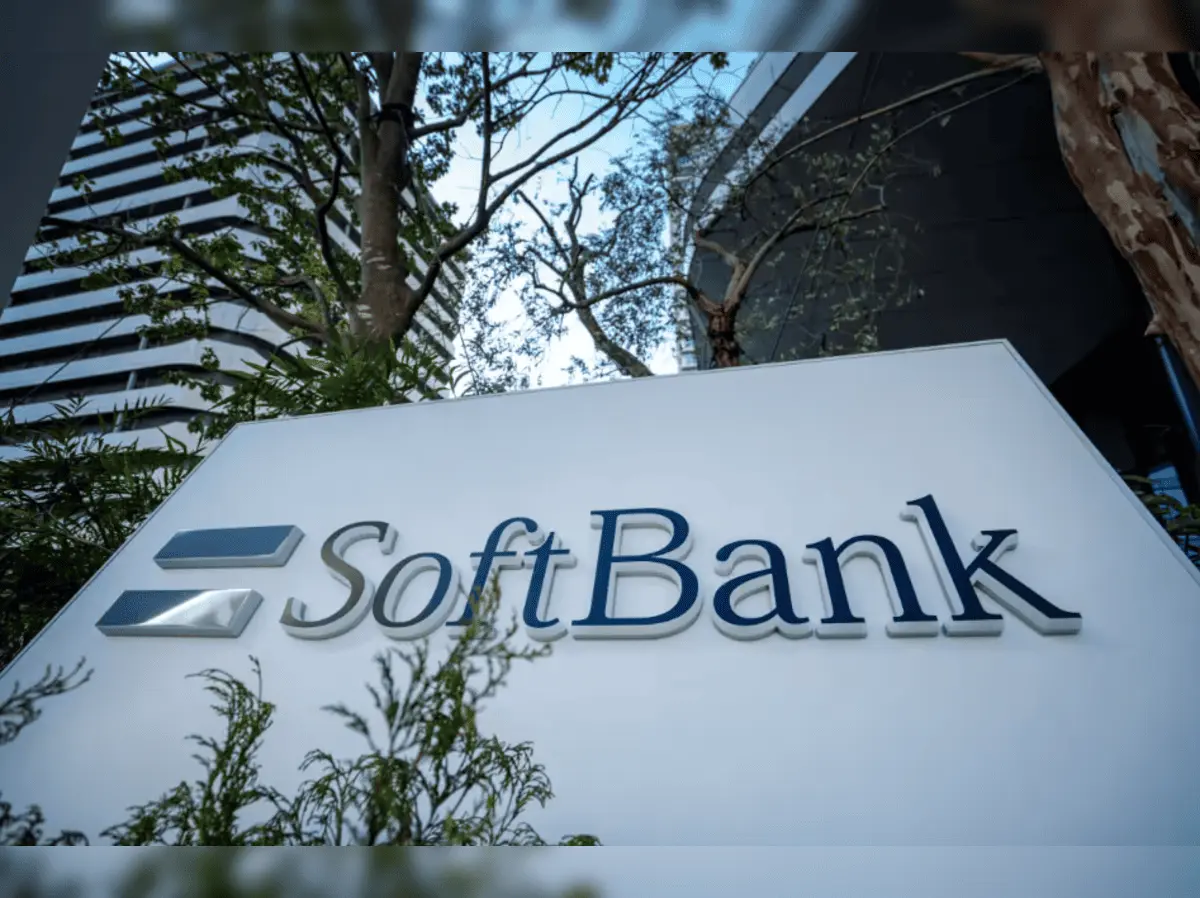Seagate Warns of AI-Driven Carbon Crisis in Data Storage Industry
2 Sources
2 Sources
[1]
Seagate suggests AI is causing a carbon crisis for the industry
Just like cryptocurrency put a new strain on the GPU market, AI is starting to push into the demands of data storage companies. Recently, at Computex 2025, Seagate came forward with a panel showcasing new developments for the upcoming year. According to Digitimes, Seagate also used the opportunity to express growing concern about the impact AI is having on the tech industry and potentially developing into what they describe as a "carbon crisis". Seagate also provided some figures for those interested in exactly how big the impact appears to be. It claims the hard drive industry as a whole is only able to create 1 to 2 zettabytes of storage each year, with 1 zettabyte being the equivalent of 1 trillion GB. However, this is only a small portion of how much data is expected to be created. Digitimes explained how Seagate surveyed 1,000 IT professionals, 72% of whom are planning to use or are already using artificial intelligence in their respective fields. 90% of those who claim to currently use AI also believe that data storage is critical for improving the performance of AI. Seeing the rising demand, Seagate responded with research and found that HDDs have lower carbon footprints than your typical SSD. As such, Seagate had a demo set up at its booth showing off prototype hard drives. The demo featured hard drives fixed up with NVMe interfaces. They connected directly to Nvidia GPUs using data processing units (DPU). This represents just one of many potential avenues that can be taken to change how storage is handled for data centers and more, potentially making systems easier to manage. It's hard to tell exactly how things will shake out in the world of data storage, but there's definitely change on the horizon. As demands increase for lower carbon footprints, data centers will need to respond in a way to meet legal requirements while also providing the hardware support needed to cater to growing AI demands.
[2]
Seagate warns of data center carbon crisis as AI storage demands triple
Seagate Technology Holdings Plc warned that AI's exploding demand for data storage is fueling a carbon crisis in data centers, even as it unveiled next-gen storage solutions at Computex 2025. The company projects that global data volume will triple between 2023 and 2028, surpassing zettabyte levels and outpacing current manufacturing capabilities. A survey of over 300 data center professionals conducted by Seagate identified high energy consumption as the top obstacle to sustainable expansion. "The value of data has never been greater, driven by AI's ability to extract insights," said Colin Presly, Seagate's VP of Customer Engineering, during his Computex keynote. However, he cautioned that this data surge is "amplifying the carbon footprint of our data centers and becoming a real problem for our industry." Storage industry faces manufacturing shortfall The scale of the challenge is stark. Seagate estimates the entire hard drive industry produces only 1-2 zettabytes of storage capacity annually, a fraction of projected data creation. A zettabyte represents one trillion gigabytes, highlighting the magnitude of the gap between supply and demand. The company's survey of 1,000 IT professionals found that 72% either currently use AI or plan to implement it, with 90% of existing AI users believing that retaining historical data improves artificial intelligence outcomes. This reluctance to delete information is driving unprecedented storage demand, creating what industry analysts describe as a potential supply crunch. Goldman Sachs Research forecasts global power demand from data centers will increase by as much as 165% by 2030, compared with 2023, adding urgency to efficiency improvements across the storage ecosystem. NVMe hard drives target GPU integration At its Computex booth, Seagate showcased prototype hard drives equipped with NVMe interfaces, traditionally reserved for faster solid-state drives. The demonstration included direct connections to Nvidia graphics processing units through data processing units, potentially simplifying data center architectures by unifying storage interfaces. The technology allows mechanical storage to sit closer to AI processing units while maintaining compatibility with existing infrastructure. Single-lane NVMe drives would use current SATA connections, while dual-lane versions would leverage SAS interconnects, addressing enterprise concerns about legacy system integration. Seagate has not announced commercial availability for the NVMe hard drive technology, stating it is collecting customer feedback through the industry standards organization OCP to finalize specifications. HAMR technology enters production The company's heat-assisted magnetic recording technology, branded Mozaic 3+, has entered volume production after more than 20 years of development and over US$1 billion in investment. The technology uses integrated lasers to heat magnetic media to 800 degrees Fahrenheit within nanoseconds, enabling higher data density within the same physical footprint. The HAMR technology promises higher data density within the same physical footprint. However, the technology's commercial adoption rate remains to be demonstrated as customers evaluate performance and reliability in production environments. E-waste challenge highlighted Presly revealed that 200 million hard drives are destroyed annually through industrial shredding, primarily due to data security concerns when devices are retired from data centers. This practice converts functional hardware into waste, representing a significant environmental inefficiency. Seagate has developed encryption techniques working with standards organizations NIST and ISO that enable secure drive reuse through cryptographic key deletion. The company's recycling programs have reclaimed over one metric ton of rare earth magnets from discarded drives, though this represents a small fraction of industry-wide waste. New features like autonomous drive regeneration allow continued operation even when individual components fail, potentially extending device lifecycles. However, adoption of these lifecycle extension technologies across the broader industry remains inconsistent. Industry seeks balance Seagate's internal studies position hard drives as having the lowest embodied carbon footprint compared to SSDs and tape storage when measuring full lifecycle emissions. However, the company acknowledged that optimal data center design requires strategic deployment of multiple storage technologies rather than relying on any single solution. Major cloud service providers are already implementing mixed storage architectures to balance performance requirements with cost and environmental considerations. SSDs remain essential for high-performance applications requiring direct GPU access, while hard drives handle bulk storage needs. The challenge facing the industry extends beyond individual companies. Data center operators must navigate energy infrastructure limitations that often cannot be upgraded to meet AI processing demands, while balancing growth requirements against mounting pressure to reduce carbon emissions. As AI adoption accelerates across industries, the tension between computational demands and environmental sustainability is likely to intensify, making storage efficiency innovations increasingly critical for the sector's long-term viability.
Share
Share
Copy Link
Seagate highlights the growing environmental concerns in the data storage industry due to AI's increasing demand, showcasing potential solutions at Computex 2025.
AI Driving Unprecedented Demand for Data Storage
Seagate Technology Holdings Plc has raised alarm bells about the environmental impact of artificial intelligence (AI) on the data storage industry. At Computex 2025, the company warned that the exploding demand for data storage driven by AI is fueling a potential "carbon crisis" in data centers
1
2
.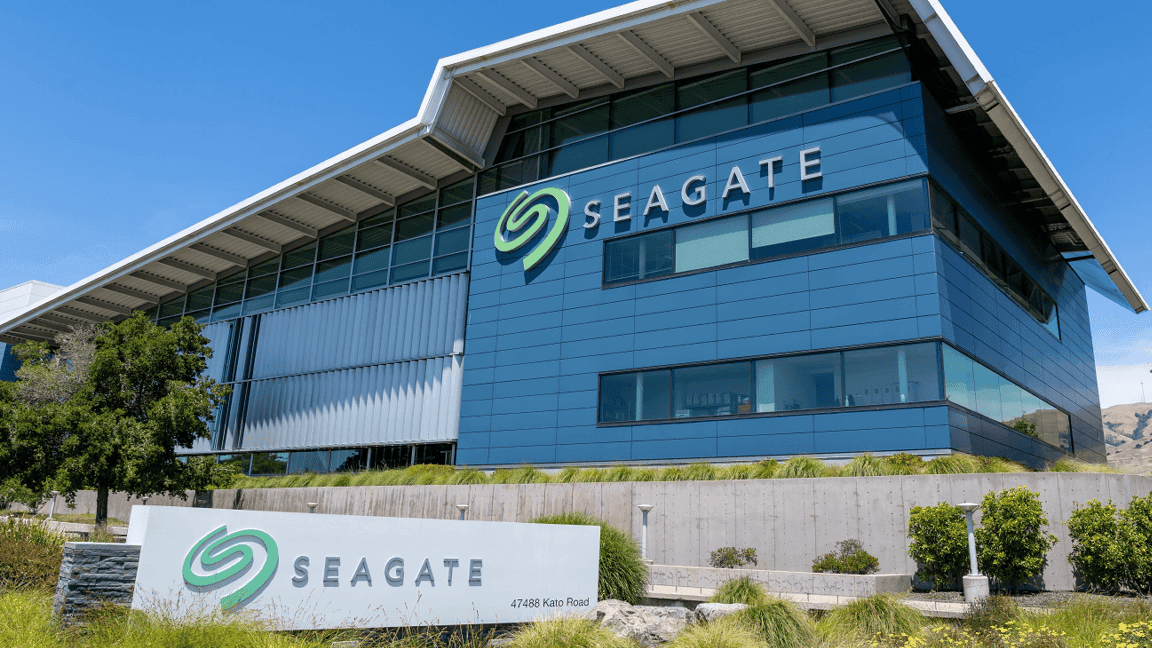
Source: Tom's Hardware
Colin Presly, Seagate's VP of Customer Engineering, highlighted the critical situation during his keynote speech: "The value of data has never been greater, driven by AI's ability to extract insights. However, this data surge is amplifying the carbon footprint of our data centers and becoming a real problem for our industry"
2
.The Scale of the Challenge
The magnitude of the problem is staggering. Seagate projects that global data volume will triple between 2023 and 2028, surpassing zettabyte levels. To put this into perspective, the entire hard drive industry currently produces only 1-2 zettabytes of storage capacity annually, with 1 zettabyte equaling 1 trillion gigabytes
1
2
.A survey conducted by Seagate revealed that 72% of IT professionals either currently use AI or plan to implement it. Moreover, 90% of existing AI users believe that retaining historical data improves AI outcomes, driving unprecedented storage demand
1
2
.Environmental Impact and Energy Consumption
The environmental consequences of this data explosion are significant. Goldman Sachs Research forecasts that global power demand from data centers will increase by as much as 165% by 2030 compared to 2023 levels
2
. This surge in energy consumption is exacerbating the carbon footprint of data centers, making it a pressing issue for the industry.Related Stories
Seagate's Innovative Solutions
To address these challenges, Seagate is developing new technologies and solutions:
-
NVMe Hard Drives: At Computex, Seagate showcased prototype hard drives with NVMe interfaces, traditionally used for faster solid-state drives. These drives can connect directly to Nvidia GPUs through data processing units, potentially simplifying data center architectures
1
2
. -
HAMR Technology: Seagate's heat-assisted magnetic recording technology, branded Mozaic 3+, has entered volume production. This technology uses integrated lasers to heat magnetic media, enabling higher data density within the same physical footprint
2
. -
E-waste Reduction: The company is addressing the e-waste challenge by developing encryption techniques that enable secure drive reuse through cryptographic key deletion. Seagate's recycling programs have already reclaimed over one metric ton of rare earth magnets from discarded drives
2
.
Industry-wide Challenges and Solutions
The data storage industry faces several challenges in balancing growth with environmental sustainability:
-
Manufacturing Shortfall: The current manufacturing capabilities of the hard drive industry fall short of projected data creation needs
2
. -
Energy Infrastructure Limitations: Data center operators must navigate energy infrastructure constraints while meeting AI processing demands and reducing carbon emissions
2
. -
Mixed Storage Architectures: Major cloud service providers are implementing mixed storage architectures, using SSDs for high-performance applications and hard drives for bulk storage to balance performance, cost, and environmental considerations
2
.
As AI adoption accelerates across industries, the tension between computational demands and environmental sustainability is likely to intensify. The data storage sector must continue to innovate and find efficient solutions to ensure its long-term viability in an increasingly AI-driven world.
References
Summarized by
Navi
[1]
Related Stories
AI's Data Demand Sparks Sustainability Concerns in Data Centers, Seagate Report Reveals
17 Apr 2025•Technology
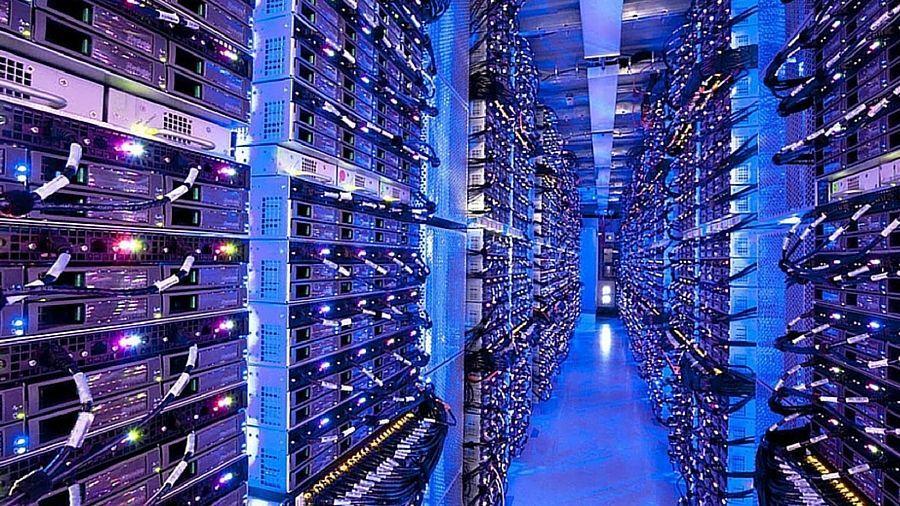
AI Boom Triggers Storage Crisis: HDD and SSD Prices Surge Amid Supply Shortages
16 Sept 2025•Technology
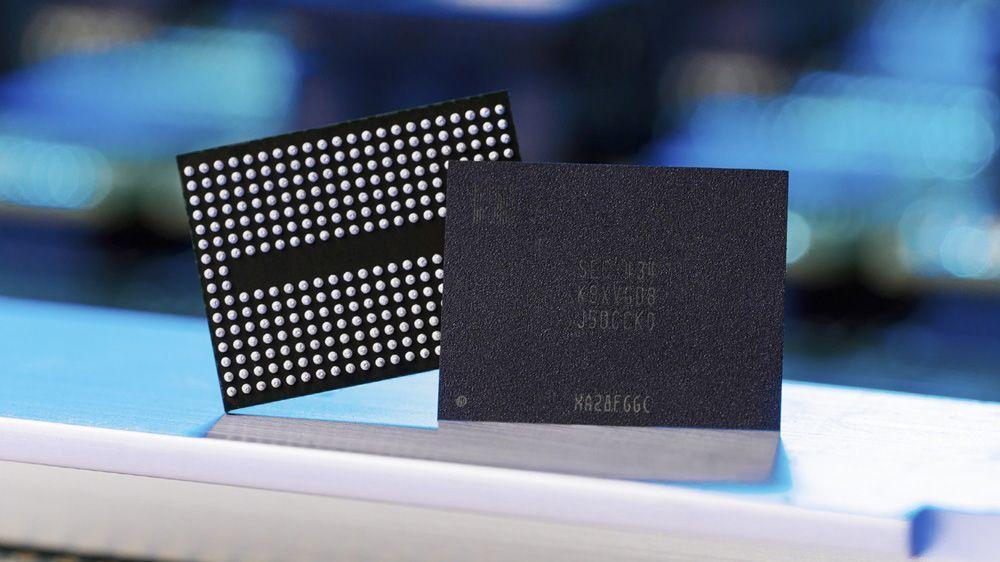
Seagate Aims for 100TB Hard Drives by 2030, Driven by AI Storage Demands
08 May 2025•Technology
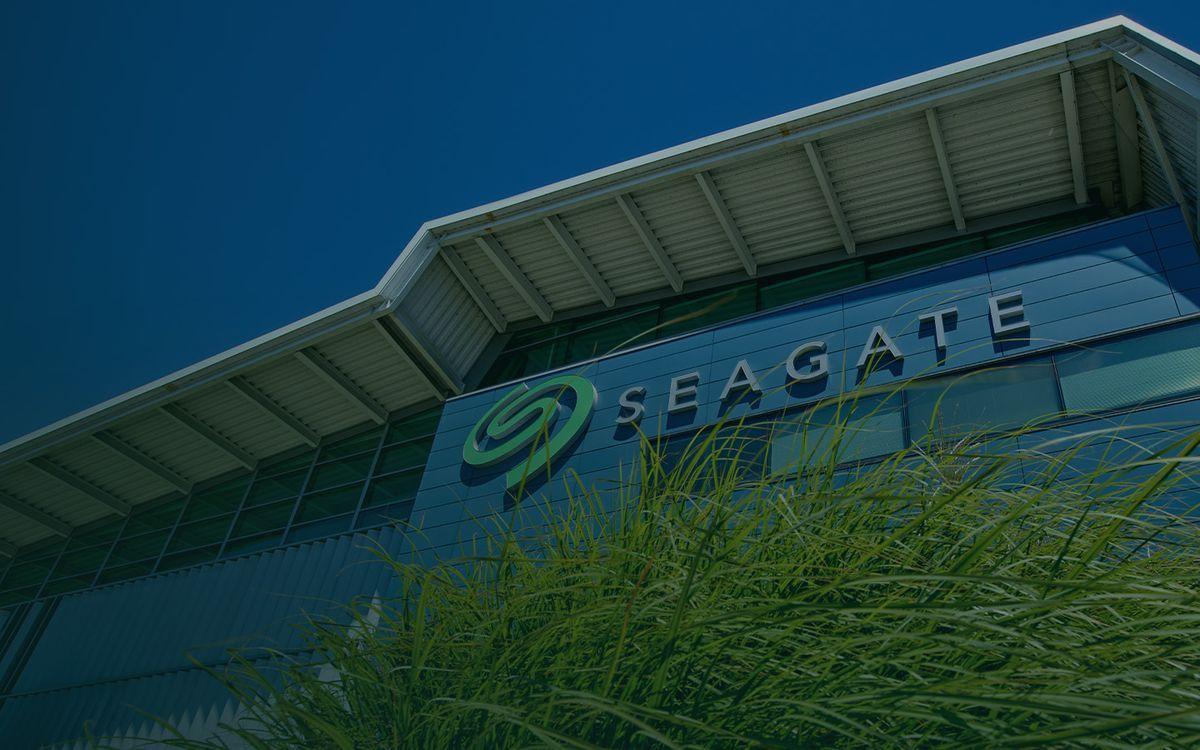
Recent Highlights
1
Google launches Gemini 3 Flash as default AI model, delivering speed with Pro-grade reasoning
Technology

2
OpenAI launches GPT Image 1.5 as AI image generator war with Google intensifies
Technology

3
OpenAI launches ChatGPT app store, opening doors for third-party developers to build AI-powered apps
Technology





